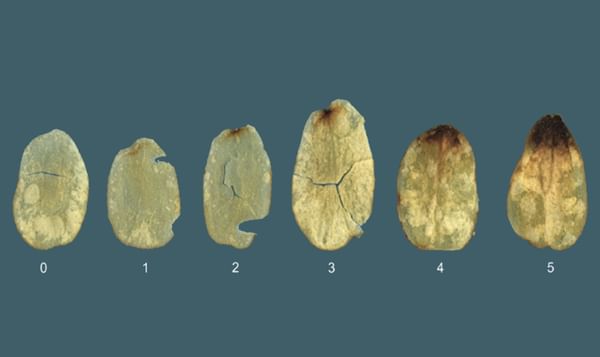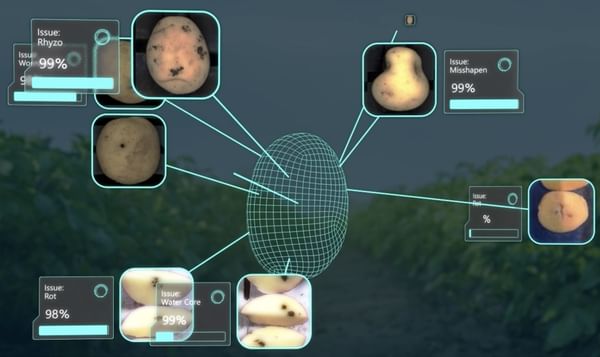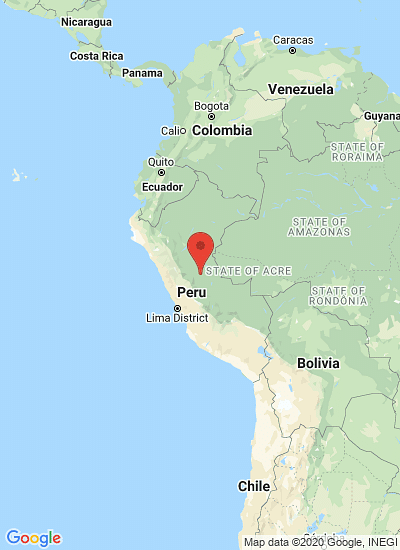The International Potato Center has developed a five-year strategy -- a “Seed Potato Value Chain Roadmap” -- for Ethiopia, Kenya, Rwanda, Tanzania, and Uganda that targets business investments to increase the availability of high-quality seed potatoes and promote improved seed management. The impact of this Roadmap is expected to raise incomes of smallholder farmers, improve food security, and add to the rural and growing urban economies in these five countries.
“The problem is that there is not enough supply of high-quality planting material to meet demand,” says CIP social scientist Graham Thiele, a co-author of the Roadmap. “The solution therefore is to get smallholders access to quality seed which will boost yields, raise their incomes and create more jobs,” he added.
CIP economist Ricardo Labarta explains that the investment of $15 million proposed in the Roadmap is expected to generate a net present value of $128.7 million and an internal rate of return of 156 percent. It will lead to 20 percent increases in yields in the five target countries to achieve three overarching objectives: a 15 percent increase in farm incomes, improved food security through a 10 percent increase in potato production, and more business opportunities for at least 240,000 households of smallholder potato growers. As Ricardo points out this is a very profitable investment.
The investment areas build on a mix of value chain fundamentals and the accomplishments and lessons learned from recent projects, such as the two-year, USAID-funded 3G project. Elmar Schulte-Geldermann, CIP agronomist, says that the name 3-G refers to a strategy geared to producing large numbers of minitubers through very rapid multiplication, so that sufficient quantity of high-quality seed potatoes can be developed in three generations, instead of the usual seven required. Lowering production costs, reducing land required for multiplication and lessening the chance of contamination in the seed from disease or pests enables farmers’ access to quality planting material more quickly and affordable.

Aeroponics
A more efficient and responsive seed system will improve production, distribution, use, and profitability for farmers. Promising rapid multiplication technologies, the “3G revolution,” and an engaged private sector can provide needed capacity to broaden adoption of quality seed and accelerate availability of new varieties with more prospect of added value. Gary Harrison, grant writer at CIP, explains that underscoring virtually every activity in the Roadmap and its potential for success is the pivotal role of building capacity through training and information sharing.
Recent pilot projects led by CIP have fostered private adoption of the 3-G seed multiplication strategy, and improved knowledge and skills leading to average yield increases of 20 percent for over 15,000 smallholder growers. Other seed-related projects have generated complementary experience by improving farmer seed management that can be scaled up.










